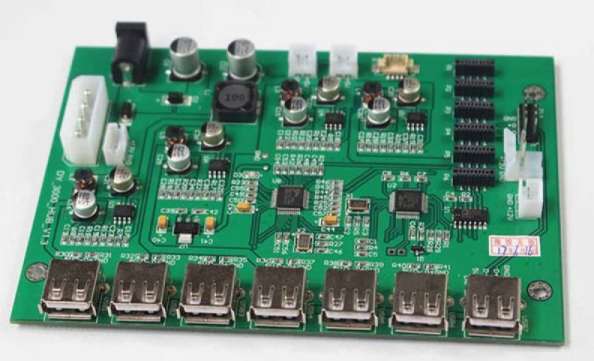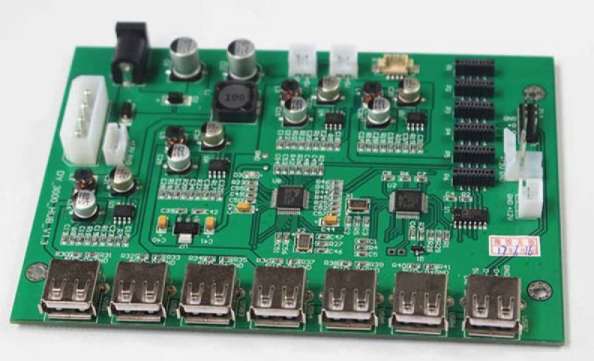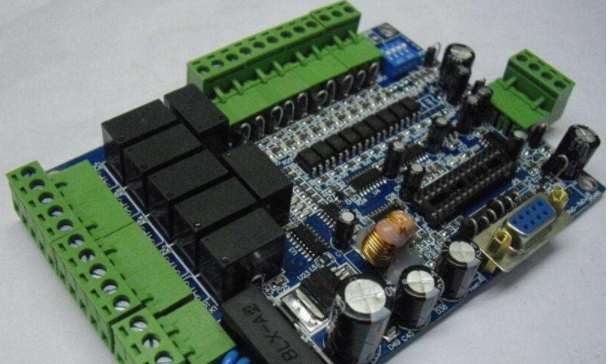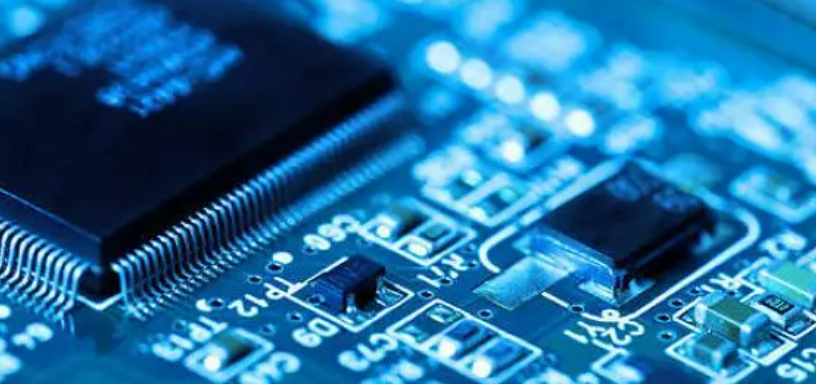
Aluminum substrate and FR4 board are two kinds of common PCB board, aluminum substrate is commonly used as LED lamp board, so what is the difference between aluminum substrate and FR4 board? Next, Shenzhen PCB board factory for you to introduce.
Difference between aluminum substrate and FR4
The basic structure of the two plates is different in different key features. Compare the main characteristics of aluminum substrate and FR-4 plate: aluminum substrate and FR-4 plate heat dissipation and the heat resistance of the substrate compared: aluminum substrate, FR-4 plate for transistor PCB, because of the heat dissipation of the substrate is different, resulting in different test data of working temperature rise.
Performance: The comparison of wire (copper wire) and fuse current on different substrate materials, from the comparison of aluminum substrate and FR-4 plate, due to the high heat dissipation of metal substrate, the conduction is significantly improved, from another Angle to illustrate the high heat dissipation characteristics of aluminum substrate. The heat dissipation of aluminum substrate is related to its insulating layer thickness and thermal conductivity. The thinner the insulation layer, the higher the thermal conductivity of the aluminum substrate (but the lower the voltage resistance).
Machinability: Aluminum substrate has high mechanical strength and toughness, superior to FR-4 plate. For this purpose, large area printed boards can be made on aluminum substrates on which large components can be mounted.
Electromagnetic shielding: In order to ensure the performance of the circuit, some components in electronic products need to protect against radiation and interference of electromagnetic waves. Aluminum substrate can be used as shielding plate to shield electromagnetic wave.
Coefficient of thermal expansion: Due to the thermal expansion of FR-4 in general, and of plate thickness in particular, the quality of metallized holes and wires is affected. The main reason is that the thermal expansion coefficient thickness of copper in raw materials is 17 * 106cm/cm-C, FR-4 plate is 110 * 106cm/cm-C, the difference is large, easy to produce heating substrate expansion and change of copper wire and metal hole rupture damage to product reliability. The thermal expansion coefficient of aluminum substrate is 50×106cm/cm-C, smaller than common FR-4 plate, close to the thermal expansion coefficient of copper foil. This helps to ensure the quality and reliability of the printed circuit board.
Application circuit is different, application field is different, FR-4 board suitable for general circuit design and common electronic products.

2. What is the inside of multilayer PCB? High-end PCB board design process
High-end PCB board is often ten or eight layers, the line is like a spider web, it is easy to see dizzy, then Shenzhen PCB design company - kingford with three-dimensional graphics to show you a variety of laminated structure of the PCB diagram internal architecture.
First, the core of the high-density interconnection board (HDI) is in the hole
Multi-layer PCB line processing, and single layer and double layer no difference, the biggest difference in the hole process.
Lines are etched out, holes are drilled and then copper plated out, these do hardware development we all understand, do not repeat.
Multilayer circuit board, usually through the hole plate, first board, second board, second stack plate these several. Higher level such as the third level board, arbitrary layer interconnection board usually used very little, the price thief expensive, not to discuss.
Under normal circumstances, 8-bit single-chip microcomputer products with 2 layers of through hole plate; 32-bit single-chip level intelligent hardware, using 4-6 layers of through hole plate; Linux and Android level smart hardware, using 6-layer through hole to 8 first-stage HDI boards; Smart phone such compact products, generally use 8 layers of the first level to 10 layers of the second level circuit board.
Two, the most common through hole
There is only one perforation, from the first layer to the last layer. No matter the external line or the internal line, the hole is pierced, called through hole plate.
Through the hole plate and the number of layers does not matter, usually we use 2 layers are through the hole plate, and many switches and military circuit boards, do 20 layers, or through the hole.
The circuit board is drilled through with a drill and copper plated in the holes to create a path.
Note that the inner diameter of the through hole is usually 0.2mm, 0.25mm and 0.3mm, but generally 0.2mm is much more expensive than 0.3mm. Because the drill bit is too thin and easy to break, the drill is also slower. The extra time and drill costs are reflected in the rising price of circuit boards.
3. Laser hole of high density board (HDI board)
Lasers can only Pierce fiberglass plates, not metal copper. So the outer surface punching will not affect the other lines inside.
After the laser hole is punched, the copper is plated, and the laser hole is formed.
Four, two layers of laser holes on the two-stage HDI board
Two layers of laser holes on a 2-stage HDI board
Usually we use 6 layers of 2 less, most of the 8 layers of 2. There are more layers here, same thing as six layers.
The so-called second order, there are two layers of laser holes.
The so-called wrong hole, is the two layers of laser holes are staggered.
Why stagger it? Because the copper plating is not satisfied, the hole inside is empty, so it can not be directly punched on the above, to stagger a certain distance, and then hit a layer of empty.
Six levels of second order is equal to four levels of first order plus two levels.
Eight levels of second order is equal to six levels of first order plus two levels.
Five, the laminated plate process is complex and the price is higher
The two layers of laser holes in the staggered plate overlap. The line will be tighter.
The inner laser hole needs to be electroplated and filled, and then the outer laser hole is made. The price is more expensive than the error hole.
Six, super expensive arbitrary layer interconnect plate multi-layer laser hole stacking
Each layer is a laser hole, and each layer can be connected together. Line the line however you want, punch the hole however you want.
PCB board advantage
Energy production from 2 layers to 14 layers, 14-22 layers can be proofing production.
Minimum line width/spacing: 3mil/3milBGA Spacing: 0.20MM
Minimum aperture: 0.1mm Size: 610mmX1200mm
Ink: Tamura, Taiyo, Fudoken;
FR4: Shengyi, Kingboard, Haigang, Hongren, Guoki, Hezheng, Nana, (Shengyi S1130/S1141/S1170),Tg130℃/ Tg170℃ T g180℃ and other high TG plates)
High frequency plate: Rogers, Taconic, ARLLON;
Surface process: tin spray, lead-free tin spray, gold plating, full plate gold plating, plug gold plating, full plate thick gold, chemical tin (silver), anti-oxidation (OSP) blue glue, carbon oil
Shenzhen PCB board factory
kingford is a circuit board manufacturer specializing in the manufacture of printed circuit boards, specializing in the production of single, double-sided and multi-layer circuit boards. We can provide PCB proofing and mass production services such as FR4 hard board, FPC soft board, HDI board and metal substrate.









